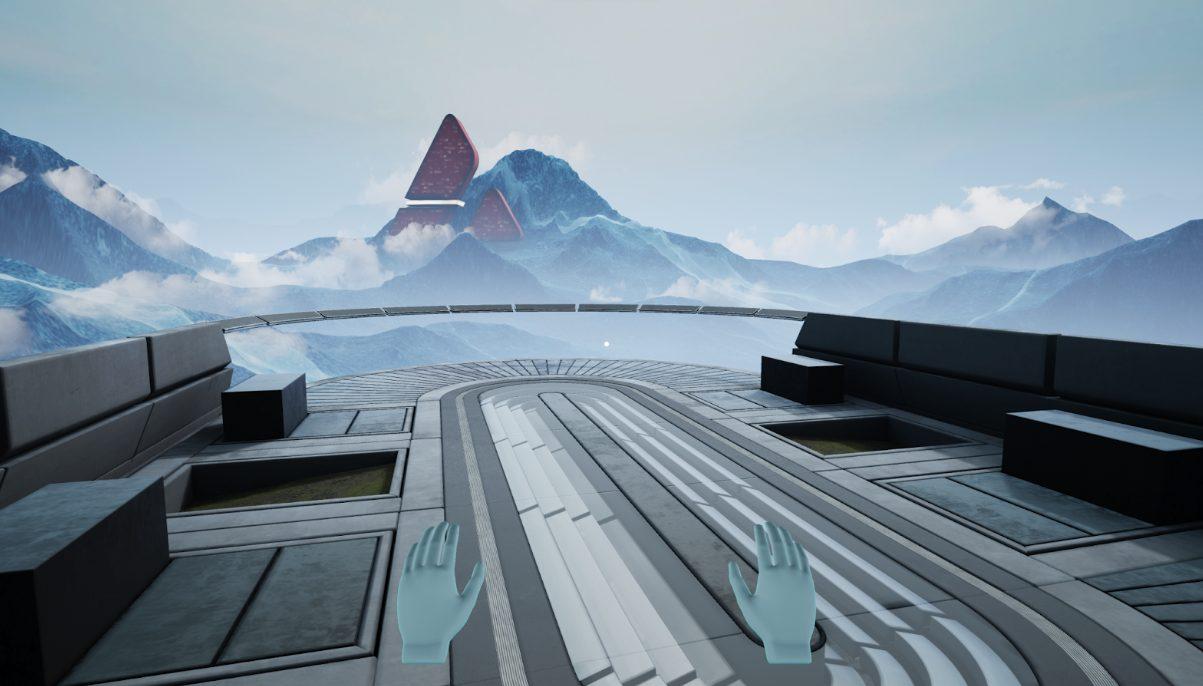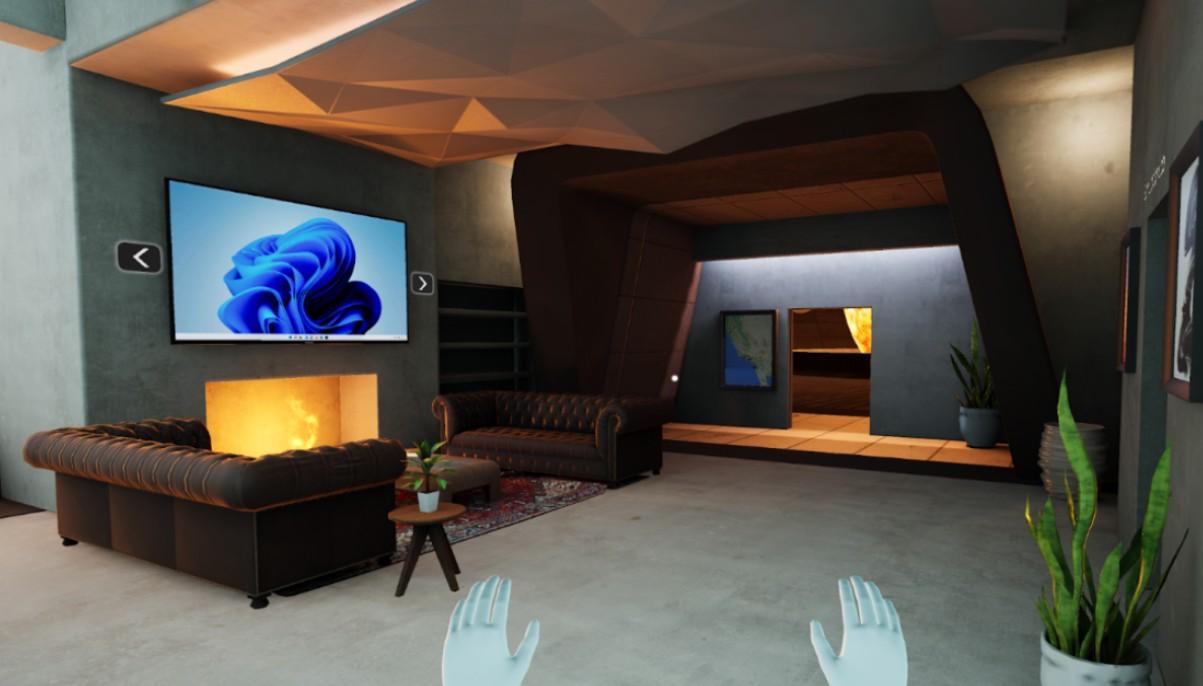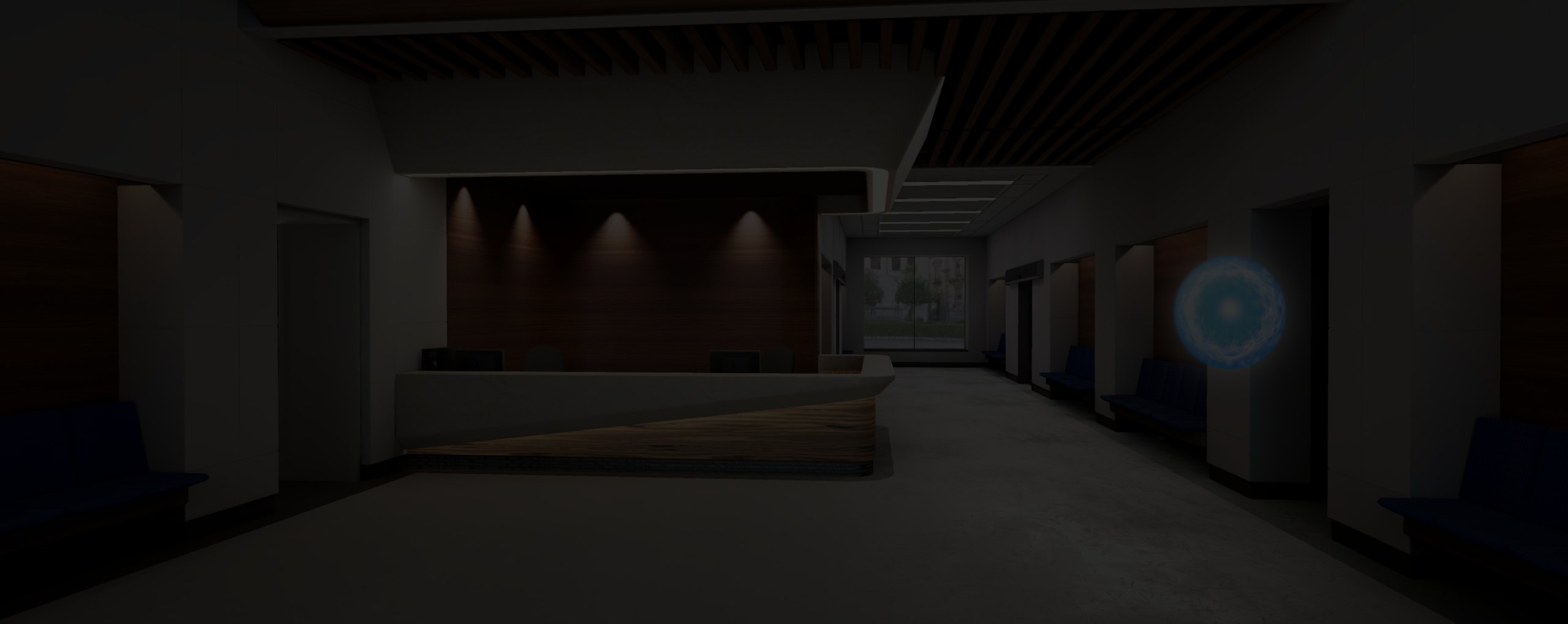Virtual campuses aren’t a novel concept.
Universities, companies and individual educators have been creating digital campuses and learning experiences on platforms like Second Life for decades. Due to Covid, the rapid expansion of online learning and the proliferation of “the metaverse”, as a commonly known concept, have led to an increased interest in, and awareness of, virtual campuses. On top of this, our modern technological infrastructure is finally hitting a tipping point where virtual campuses can be used to significantly enhance the learning experience and outcomes for students and educators globally.

Avalanche Valley Campus in Axon Park
Virtual campuses are beneficial for students and educators alike. In this article, we’ll explore:
- The positive impact of virtual campuses on students’ education
- The benefits of building a virtual campus
- How virtual campuses will function in the future
Positive impact of virtual campuses on education
If traditional online education is like looking through a window into a renowned international university, virtual campuses are like taking a step into the building. Students often go to university for experiential learning — for instance, meeting and conversing with like-minded people, collaborating with researchers, or even having a happening social life.
Virtual campuses bring together the best of both worlds — offline and online education and beyond — for students to have immersive learning, and life, experiences. Universities can use a metaverse campus to bring several positives to the quality of education and the overall learning experience of their students. Let’s enumerate:
Improve student experience
Suppose you start with a visit to the Egyptian Pyramids as they were in 2,000 B.C. for your history class, then for the next hour you are in a virtual lab looking up at massively scaled 3D models of atoms, then you close out the afternoon with an interactive exhibit of our solar system.

Astronomy Class in Axon Park
Virtual campuses allow students to interact, engage, and study in completely digital, real-time virtual classrooms and meeting spaces. Students can ask questions, hold discussions, attend events, participate in clubs, and experience learning in an environment that has many of the same affordance of physical space (oftentimes without the limitations). The embodied presence, enabled through interactive tracking and simulation, can make a world of difference on the social engagement and learning outcomes of students.
Hands-on experience and engagement
Students won’t be sitting passively in front of the screen just reading or watching videos. Instead, they will be ‘within’ the screen, embedded within the virtual landscape. Students can access these interactive virtual worlds through flat screens and VR headsets, all now becoming available for the cost of a traditional gaming console.
To further enhance incentives and engagement, educators may even reward their students with virtual currencies, NFTs or tokens that they can use to make purchases within the platform or cash out for fiat currency.
Enhance collaboration between students and educators
Zoom meetings provide limited personal connection, but in the metaverse, you will be able to walk through the corridors to reach your classroom, just like in the real world. Your avatars could be shaking hands and connecting via wholesome social interactions beyond the traditional classroom or meeting spaces.
The same goes for your camaraderie with the teachers. You could be sitting in a class conducted by a professor from Oxford or Harvard and asking questions or collaborating with a researcher from another part of the world on the virtual campus, provided you get to be a part of their virtual campus.

A Virtual Meeting Space in Axon Park
Virtual campuses can be the tour-de-force behind many universities going the world-class route. Educators can employ simulations and immersive experiences and use new teaching techniques to impart better lessons.
The Thammasat campus, for instance, will have 88 sandbox spaces as incubation centers for startups. So you study, gather knowledge, and develop your entrepreneurial idea into a full-blown venture while networking with mentors, VCs, and other like-minded individuals.
Promote equitable access to quality education
Virtual campuses hold the potential to improve equality of opportunity, increase social inclusion, and bring together students from various social, cultural, and ethnic backgrounds.
While streamlining access to quality education, virtual campuses will be pivotal in the world’s transition to knowledge-intensive economies. In the words of the Thammasat University Chair, “the user experience in the metaverse campus could surpass even the experience they would get in the physical campus.” These virtual campuses also allow students to also take advantage of in-house medical support or counseling sessions.
Access to round-the-clock educational support
Physical classrooms offer limited access to educators and professors. They are heavily confined by traditional working hours and the need to have staff living within a certain timezone. While providing something similar, or better, to an in-person learning experience, these virtual campuses allow students to learn whenever and from wherever they want.
To this end, Aventis Graduate School is building a metaverse campus with over 60,000 students from around the world enrolling in the courses, and the education provider is attempting to create a virtual campus available to students 24/7.
Benefits of building a virtual campus
The pandemic forced the education sector into a state of emergency. Online classes and study materials tried to fill the vacuum, but they proved quite insufficient and inefficient.
After the pandemic, newer opportunities lie in the wake of increased awareness about the scope of online education as well as its shortcomings. Universities need to reinvent themselves by developing digital campuses that go beyond the physical realms.
This would allow students from any part of the world to sit together in a virtual classroom or go on a learning adventure without leaving their homes, thus cutting down on their travel time and costs. For the universities, it would also mean lesser infrastructural costs.
As virtual campuses replicate real-world objects, they can be manipulated and duplicated any number of times at a fraction of the actual cost, and in ways suited to serve myriad purposes.

Learning About the Heart in Axon Park
For instance, an anatomy class can have a human body extended into a building-sized 3D model where students can step in and witness biology functioning in real-time. Similarly, an astronomy class can have a space setting with student avatars adorning spacesuits and studying stars and planets.
Now, considering education is one of the most competitive sectors, staying relevant is one of the best ways for universities to tackle competition. Virtual campuses are not yet commonplace, making them a great way to cut through the noise and elevate the learning experience for innovative educators and students around the world. Institutions still have a window to be an early mover in the space and build their virtual campuses to bring in more students and improve the quality of education.
How virtual campuses will function in the future
Let’s explore the Axon Park platform to understand how virtual campuses work:
- Infrastructure: The Axon Park platform is built in Unreal Engine 5 (UE5), a cross-platform development engine. This makes the experience accessible across devices such as computers, VR headsets, tablets, consoles, smartphones and other common devices.
- Interaction: If users are accessing the virtual space through an embodied device like an immersive VR headset with positional head and hand tracking, they can pass virtual objects back and forth and feel like they’re truly together in a shared space. If they are on a flatscreen device, they can still move around and interact with others like they’re playing a game. This takes the engagement and interactivity of learning to a level which is simply not possible using 2D, passive content modalities.
- Ecosystem: The ecosystem may also be integrated with a blockchain and token-driven economy, where the community can earn rewards and governance rights for their ongoing participation and engagement in the experience. If a DAO governs the platform, this can enable stakeholders to have an actual say in the future direction of the platform, use of funds, and other organizational decisions.
Will virtual campuses hold relevance in the digital future?
As the metaverse evolves and becomes commonplace, our virtual and physical realities will converge. While the gaming industry has been fast to embrace the metaverse, the education sector is still a blue ocean for disruption. To this point, virtual learning was rated by a survey from the World Economic Forum, of 21,000+ participants in 29 countries, as the most likely sector of the metaverse to impact people’s lives in the next decade .
Fast-forward a few years, and virtual campuses will likely be a common extension, or replacement, for existing physical and online learning. These metaverse campuses will translocate learning into a limitless spatial world with unfathomable possibilities.
Axon Park is on a mission to make virtual learning a reality to bring quality experiential education to learners across the globe.



